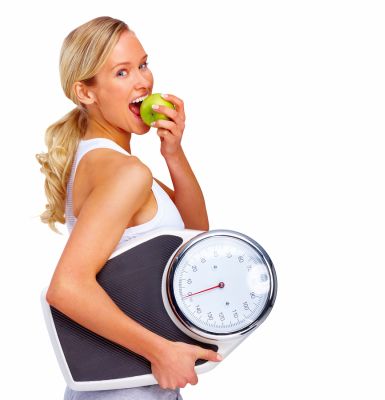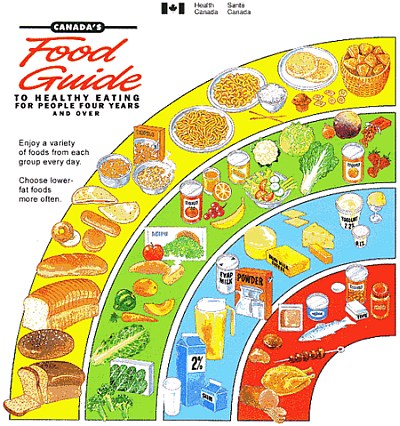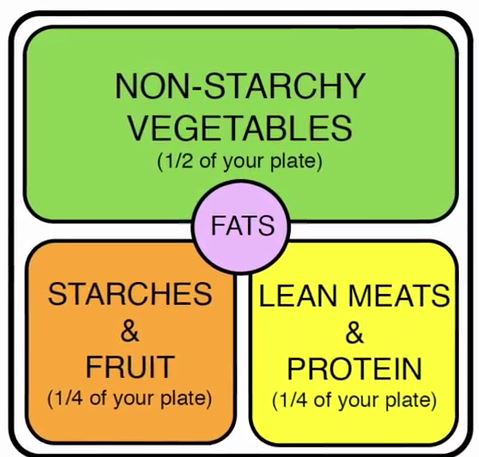I looked through the archives of this blog and am surprised that I have not mentioned the glycemic index before. The glycemic index is basically the measure of how quickly a carbohydrate will be burned and metabolized by your body.
Take this example, one person eats a pack of sugar and one person eats a potato.
You would expect that the sugar would quickly raise your blood sugar and then a half hour later or so your blood sugar would drop back down where with the potato your blood sugar would rise a bit for a couple of hours and then drop slowly after that time (I am only guessing at the numbers to point out the idea).
Looking at this example we would say that the sugar is a high glycemic food and the potato is a low glycemic food.
Low Glycemic Index Carbs
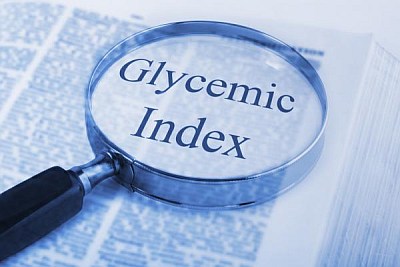 One of the decision points that I make when I eat is to try to make sure as many of the carbohydrates that I eat are low glycemic carbohydrates.
One of the decision points that I make when I eat is to try to make sure as many of the carbohydrates that I eat are low glycemic carbohydrates.
By taking in low glycemic foods I will have lower spikes in my blood sugar and should have a much more consistent energy level throughout the day.
This is a very tough thing to figure out initially but as you get the hang of the numbers it becomes easier.
Here are some foods and their Glycemic index values:
Glycemic Index and Glycemic Load Values for Selected Foods (Relative to Glucose) | ||||
| Food | Glycemic Index (Glucose=100) | Serving size | Carbohydrate per serving (g) | Glycemic Load per serving |
| Dates, dried | 103 | 2 oz | 40 | 42 |
| Cornflakes | 81 | 1 cup | 26 | 21 |
| Jelly beans | 78 | 1 oz | 28 | 22 |
| Puffed rice cakes | 78 | 3 cakes | 21 | 17 |
| Russet potato (baked) | 76 | 1 medium | 30 | 23 |
| Doughnut | 76 | 1 medium | 23 | 17 |
| Soda crackers | 74 | 4 crackers | 17 | 12 |
| White bread | 73 | 1 large slice | 14 | 10 |
| Table sugar (sucrose) | 68 | 2 tsp | 10 | 7 |
| Pancake | 67 | 6″ diameter | 58 | 39 |
| White rice (boiled) | 64 | 1 cup | 36 | 23 |
| Brown rice (boiled) | 55 | 1 cup | 33 | 18 |
| Spaghetti, white; boiled 10-15 min | 44 | 1 cup | 40 | 18 |
| Spaghetti, white; boiled 5 min | 38 | 1 cup | 40 | 15 |
| Spaghetti, whole wheat; boiled | 37 | 1 cup | 37 | 14 |
| Rye, pumpernickel bread | 41 | 1 large slice | 12 | 5 |
| Oranges, raw | 42 | 1 medium | 11 | 5 |
| Pears, raw | 38 | 1 medium | 11 | 4 |
| Apples, raw | 38 | 1 medium | 15 | 6 |
| All-Bran™ cereal | 38 | 1 cup | 23 | 9 |
| Skim milk | 32 | 8 fl oz | 13 | 4 |
| Lentils, dried; boiled | 29 | 1 cup | 18 | 5 |
| Kidney beans, dried; boiled | 28 | 1 cup | 25 | 7 |
| Pearled barley; boiled | 25 | 1 cup | 42 | 11 |
| Cashew nuts | 22 | 1 oz | 9 | 2 |
| Peanuts | 14 | 1 oz | 6 | 1 |
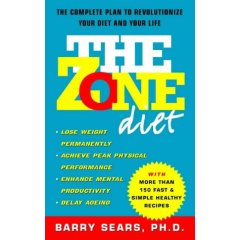
So now that you see this Glycemic index info what exactly is the Glycemic load? The amount of carbohydrate consumed affects blood glucose levels and insulin responses.
The glycemic load of a food is calculated by multiplying the glycemic index by the amount of carbohydrate in grams provided by a food and dividing the total by 100.
In essence, each unit of the glycemic load represents the equivalent blood glucose-raising effect of 1 gram of pure glucose or white bread. Dietary glycemic load is the sum of the glycemic loads for all foods consumed in the diet.
The concept of glycemic load was developed by scientists to simultaneously describe the quality (glycemic index) and quantity of carbohydrate in a meal or diet.
Where to find more on Glycemic Index and Clycemic Load
There are many books and websites that will give you numbers for Glycemic index and glycemic load of foods and I think that the best book for Glycemic index information is the GI Diet, a book that can be purchased just about everywhere.
There are a few diets that really concentrate on this info most notably the Zone diet and the GI Diet but I just look at this information as a guideline on how to eat not only focusing on the GI level or glycemic load level of a certain food but looking at my whole diet to decide how well I am eating on a daily basis.
